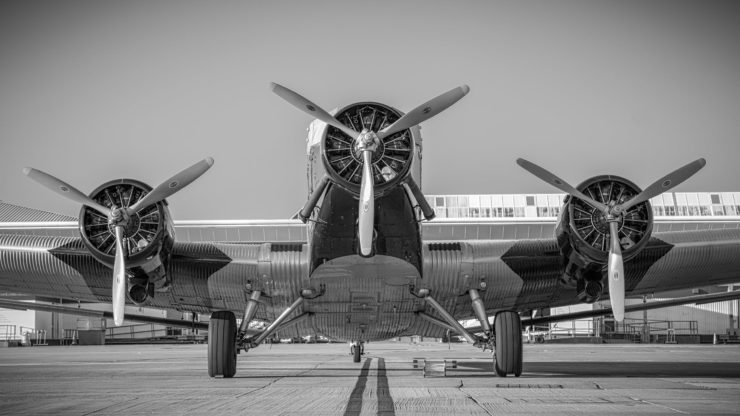Are Drones A Threat to Commercial Aircraft?

Drones are everywhere, and we can expect more to appear in the future. In fact, the Federal Aviation Administration estimates that there may be as many as 7 million hobby drones by 2020 in the United States.
This may seem like good news, but drones can also be quite dangerous, especially when they collide with aircraft. Professor Javid Bayandor, who is the director of the Crashworthiness for Aerospace Structures, and Hybrids Lab at Virginia Tech, pointed out that unlike birds (whose bodies are easily destroyed by engine turbines) drones can cause catastrophic destruction if they collide with aircraft wings or engines.
Recently in October, a SkyJet aircraft was on its way to Quebec City in Canada when it was struck by a drone. Although the aircraft landed safely despite the collision, its left wing sustained damages.
Luckily, the collision in Quebec did not end in tragedy, but it did highlight the risk posed by drones towards commercial aircraft. Canada, the UK, the United States and other countries are reporting more and more drone encounters, and although most of these encounters don’t involve any fatalities, they are increasing in number.
According to analysts from Gartner Group, about three million drones will be manufactured worldwide in 2017, which is up by 39% over the number of drones manufactured in 2016. Their estimates, however, only include commercial and large personal drones. If smaller consumer electronic drones are included, then the number is much higher. All of these drones when not operated safely could pose a real threat to airplanes, helicopters and even other drones.
On September 21, 2017, a U.S. Army Black Hawk Helicopter collided with a drone close to Staten Island in New York. The drone was flying illegally, and had hit the left-side of the fuselage of the Black Hawk, according to the official spokesman of the Army. The pilot of the illegal drone was never found.
Numerous solutions have been proposed to prevent such collisions from happening in the future. One example is geo-fencing, which is creating no fly zones that are built into the drone’s software that uses GPS. This technology prevents drones from taking off and flying in areas that are off limits. Geo-fencing already exists in various places in the United States, one of which is Reagan Airport.
Another solution is to provide drones with more safety features, allowing their pilots to avoid potential collisions before they become unavoidable. Most drone manufacturers are already working to integrate such features into their new drone product lines.
|